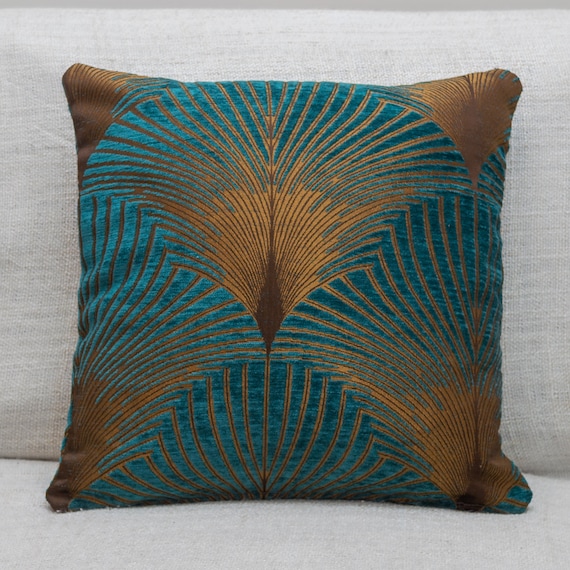Some Known Questions About Unique Art.
Some Known Questions About Unique Art.
Blog Article
How Unique Art can Save You Time, Stress, and Money.
Table of ContentsNot known Facts About Unique ArtSee This Report about Unique ArtThe 5-Second Trick For Unique ArtAll About Unique ArtThings about Unique Art
While one might debate which art form holds priority, the truth remains that each of these seven forms gives a special window right into human history, culture, and evolution. Unique Art. They are the tapestries that chronicle our trip, reminding us of our past while motivating visions for the future
3 Emil DervishIn this entrance by Emil Dervish that gorgeous cobalt blue door takes the program. To bring much more drama, he prolonged the paint. to the doorframe and the wall up, completing in a curved form (Unique Art). The curves, in addition to a round sconce, soften the edges. Frames vintage posters and maps of precious places set the scene.
Little Known Questions About Unique Art.
8 TRIA GIOVANEqual components grand and laidback, this entrance hall made by Anthony Baratta is the perfect blueprint to adhere to if you're enhancing an official entry that still really feels unfussy and comfortable. Patterned textiles take center stage (see the carpetings and the couch), however they also help bring the high ceilings down to a human range when hung over wallpaper.
18 Heidi Caillier DesignA gallery wall surface does not require to take up the entire room. Often a tiny one can make a larger style declaration. In this living area, Hiedi Caillier chose for micro-mini structures and a random make-up.
, the expression of concepts and feelings, with the development of certain aesthetic qualities, in a two-dimensional visual language. The aspects of this languageits forms, lines, colours, tones, and texturesare used in different means to produce feelings of volume, space, movement, and light on a flat surface area. These elements are integrated right into meaningful patterns in order to represent genuine or mythological phenomena, to translate a narrative motif, or to create wholly abstract visual connections.
Later the concept of the "great musician" developed in Asia and Renaissance Europe. Famous painters were managed the social status of scholars and courtiers; they signed their job, chose its style and frequently its subject and images, and developed a more personalif not constantly amicablerelationship with their clients. Throughout the 19th century painters in Western societies Discover More started to shed their social setting and secure patronage.
7 Simple Techniques For Unique Art
Others made an earnings with exploring exhibits of their work. The need to appeal to an industry had actually changed the similar (if less impersonal) needs of patronage, and its impact on the art itself was most likely similar. Typically, artists in the 20th century can get to a target market just with industrial galleries and public museums, although their job may have been occasionally recreated in art periodicals.

Don't duplicate the style of other artists if you're looking for your style. Copying other individuals's artwork can be wonderful in instructional functions but it will not make you closer to locating your very own one-of-a-kind design. Your imaginative style has to be, what you like and what influences you.
Facts About Unique Art Revealed
I would think about your own style as a design you repaint in naturally, when you allow go of all ideas and rules and just concentrate on painting, not thinking of it. The design needs to come naturally to you when you are relaxed and you can't compel it or it won't be your own style, just somebody else's.
You need to try great deals of different alternatives and explore everything prior to you can focus basics on one specific style or you'll be burnt out, or even worse, you'll dislike your own design. I suggest you to attempt every single subject that you're interested in, discover as much as you can. Attempt various tools that excite you and brand-new strategies you've never ever attempted before.
With time important link you'll have the ability to arrange every one of them into your favored and least preferred groups. Attempt to focus your focus on the topics and mediums that you like and before you see it coming you'll have your very own individual and special design, like no one else have! So ultimately you'll have a couple of favorite based on paint and possibly a couple of favored mediums (Unique Art).
Unique Art Fundamentals Explained
The design needs to develop itself with time with a whole lot of method and experiments. Thank you for reviewing this post and if you have any type of inquiries leave them in the comments below, I would certainly enjoy to answer these.
Report this page